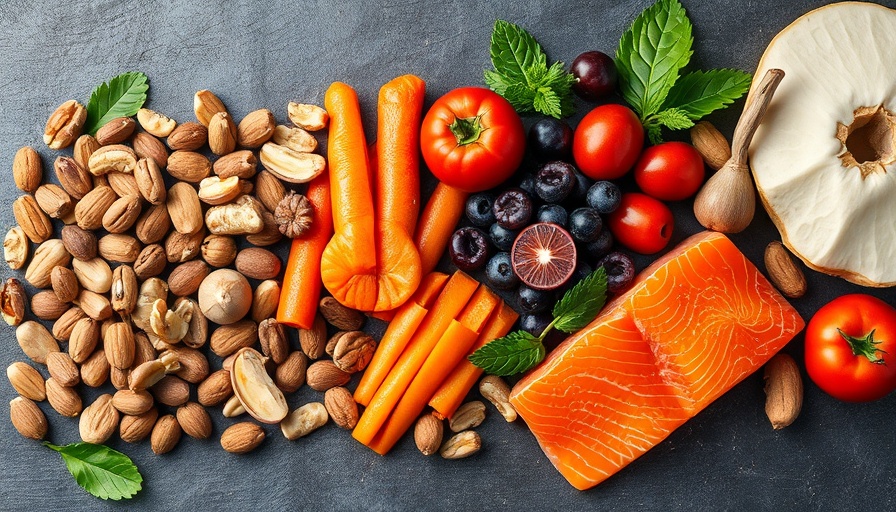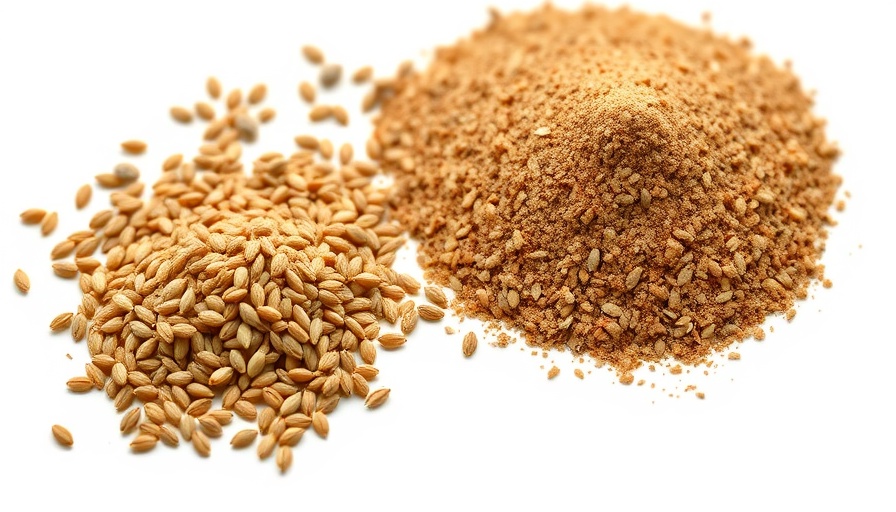
Low Carb Diet vs. DASH: The Battle for Hypertension Management
When it comes to managing hypertension, the traditional Dietary Approaches to Stop Hypertension (DASH) diet has long been the go-to recommendation endorsed by the American Heart Association. Characterized by its emphasis on fruits, vegetables, low-fat dairy, whole grains, and the reduction of sodium, the DASH diet is designed to combat high blood pressure. However, a new contender is gaining attention: the very low-carbohydrate (VLC) diet, often aligned with ketogenic principles. This dietary pattern not only offers benefits for blood sugar control and weight loss, but it has also started to demonstrate substantial effects on lowering blood pressure.
The Encouraging Findings of Recent Studies
Recent research, including a notable study from the University of Michigan, has made headway in directly comparing the DASH diet against the VLC diet for blood pressure management. The results are compelling. While both diets led to improvements in participants' health parameters, the VLC diet proved to be more impactful, resulting in a more significant decrease in mean systolic blood pressure compared to the DASH diet—a finding supported by similar studies emphasizing the weight loss benefits linked to carbohydrate restriction.
Understanding the Dietary Differences
To appreciate why the VLC diet may be yielding better results in hypertension management, it’s important to delve into the specifics of each diet. The DASH approach prioritizes whole, nutrient-dense foods across all food groups, while significantly limiting saturated fats and sodium. In contrast, the VLC diet allows for higher fat intake, with a strong focus on protein-rich foods and non-starchy vegetables. This divergence in macronutrient ratios may explain why participants on the VLC diet often experience better metabolic outcomes, including lowered blood pressure. According to Annals of Family Medicine, the VLC diet led to an average decrease of nearly 10 mmHg in systolic blood pressure among participants, compared to more modest reductions observed in the DASH group.
The Mechanics Behind the Results
One key element lying behind the efficacy of such dietary patterns lies in their impact on insulin sensitivity and weight loss. Studies indicate that when individuals adopt a VLC diet, they not only shed pounds but also significantly reduce their insulin levels, which is tightly linked to sodium retention—a primary factor in hypertension. Moreover, the moderation of carbohydrate intake appears crucial in reducing overall inflammation, which can further mitigate blood pressure peaks.
Practical Guidance for Health Professionals and Patients
For health professionals advising patients on dietary changes, it’s essential to consider these findings. Both diets offer unique benefits; however, the emphasis might shift towards integrating educational resources about the VLC diet for those struggling with hypertension, particularly if they are also managing diabetes or weight issues. It is advisable for practitioners to stay informed on evolving research in dietary therapies when recommending lifestyle changes to their patients.
Conclusion: Navigating Your Dietary Path
In summary, while the DASH diet remains a vital tool for managing hypertension, the promising results associated with the VLC diet cannot be overlooked. Strategies for better health should be personalized; understanding these dietary options provides patients and practitioners alike with the knowledge to make informed choices that best suit individual health needs. For those exploring dietary changes, consulting with a healthcare expert is recommended to identify the most suitable approach.
 Add Row
Add Row  Add
Add 




Write A Comment